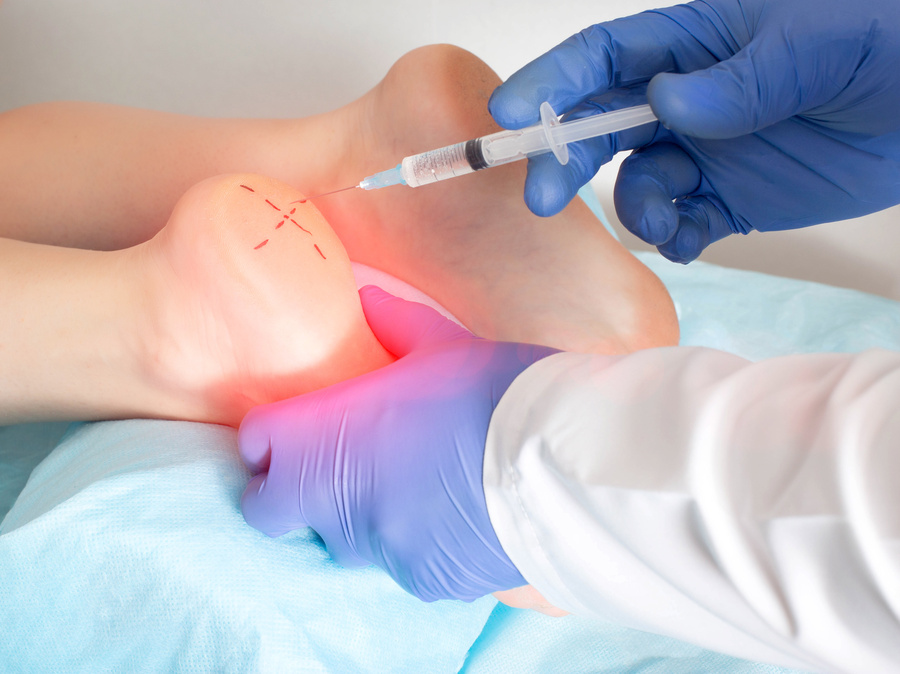The field of podiatry has seen a great deal of technological innovation in recent years, with the introduction of digital radiography and electrodiagnostic testing. These tools have revolutionized how podiatrists diagnose and treat their patients, allowing for more accurate and efficient diagnosis and treatment. Here, we explore the latest technologies in podiatry, including digital radiography and electrodiagnostic testing, and the positive effects they have on diagnosis and treatment.
Digital Radiography
Digital radiography is a modern technology used by podiatrists for the diagnosis and treatment of foot and ankle conditions. It offers a number of advantages over traditional X-ray technology, including higher-resolution images, faster processing times, and the ability to manipulate the images for enhanced analysis.
Digital radiography is also more cost effective than traditional X-rays, as it requires less radiation exposure and is more efficient. In addition, digital radiography allows podiatrists to quickly and easily share images with other healthcare providers and specialists, making it easier to collaborate on diagnosis and treatment.
Electrodiagnostic Testing
Electrodiagnostic testing is a diagnostic test used by podiatrists to assess the nerves and muscles of the feet and ankles. It involves the use of electrodes to measure electrical signals in the feet and ankles, providing valuable information about nerve and muscle function.
Electrodiagnostic testing can be used to diagnose a wide range of foot and ankle conditions, including nerve entrapment, nerve compression, and muscle weakness. It is also used to investigate the extent of nerve damage, which can help the podiatrist develop an effective treatment plan.
The Benefits of Digital Radiography and Electrodiagnostic Testing
Digital radiography and electrodiagnostic testing offer numerous benefits to podiatrists and their patients. These technologies allow for more accurate and efficient diagnosis and treatment of foot and ankle conditions, as well as quicker and easier collaboration with other healthcare providers.
Digital radiography and electrodiagnostic testing also require less radiation exposure than traditional X-rays and provide higher-resolution images, allowing for more detailed analysis. In addition, these technologies are more cost-effective than conventional X-rays, making them more accessible to patients.
Conclusion
The introduction of digital radiography and electrodiagnostic testing has revolutionized the way podiatrists diagnose and treat their patients, providing higher-resolution images and more accurate diagnosis and treatment. These technologies also require less radiation exposure and are more cost-effective than traditional X-rays, making them more accessible to patients. The future of podiatry looks bright, with the introduction of these new technologies providing a wealth of benefits for both podiatrists and their patients.



